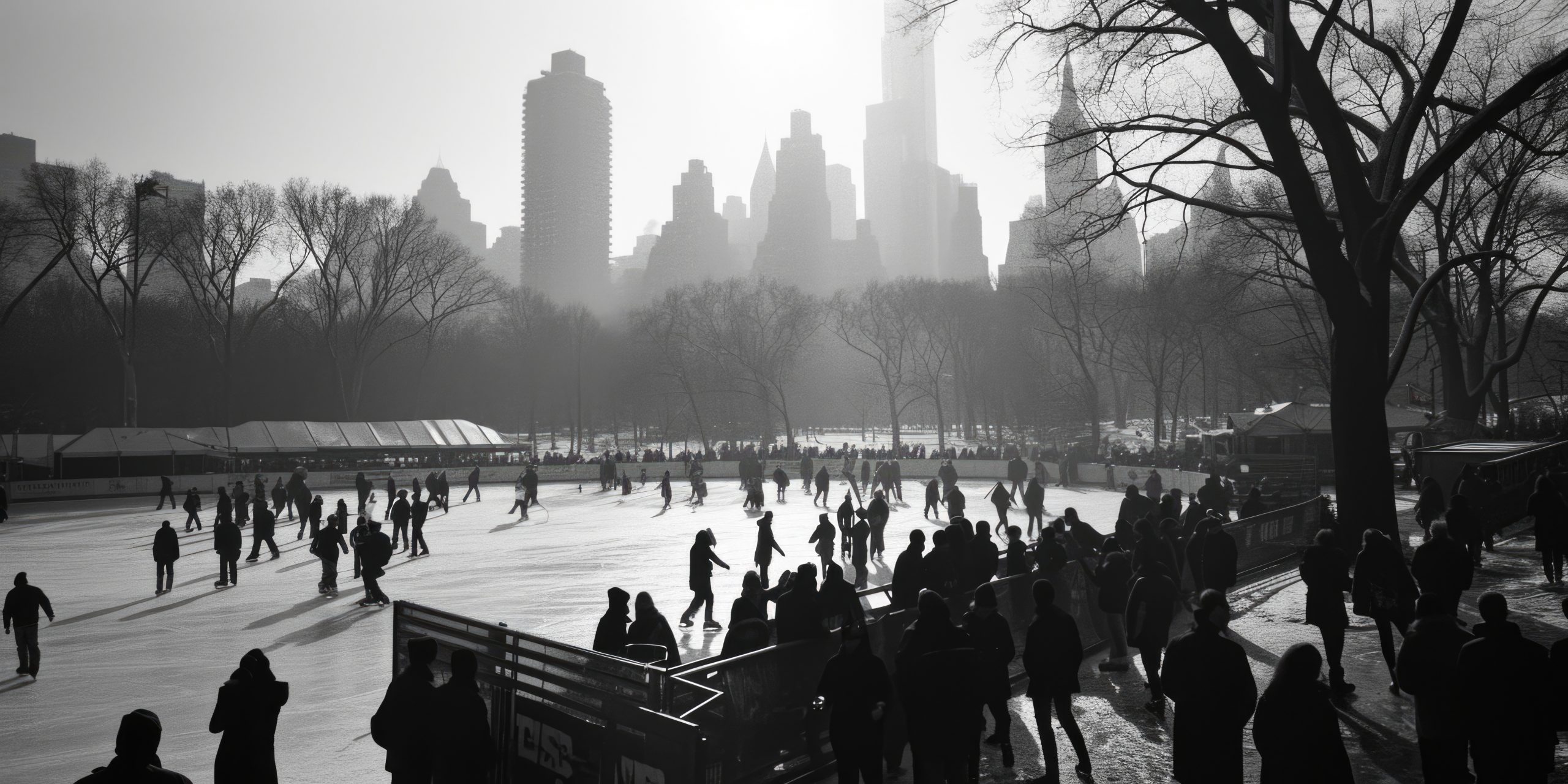
Nestled in the vibrant heart of New Orleans’ historic French Quarter, Jackson Square stands as a living testament to centuries of transformation, culture, and resilience. What began in the 1720s as a humble French colonial military parade ground has since blossomed into the beating social and spiritual core of this singularly American city—a place where history and the present intertwine seamlessly.
Designed with a distinctly European flair, the square’s layout radiates from the majestic equestrian statue of Andrew Jackson, a symbol of the city’s past, standing proud at the center. This classic, star-shaped configuration reflects its French origins, evoking the tradition of grand European plazas that served as gathering points for communities. But what truly sets Jackson Square apart isn’t just its architectural precision or its storied past — it is the way this formal setting has evolved into a lively stage for New Orleans’ legendary cultural expression.
Here, the square pulses with life like no other place. For generations, jazz musicians have brought its corners alive with soulful melodies, their tunes spilling out to fill the air with an irresistible rhythm that speaks to the city’s heart and history. Tarot readers sit nearby, shrouded in mystery, offering glimpses into the future amid the buzz of tourists and locals alike. Street performers captivate crowds with dazzling displays of acrobatics, storytelling, and humor, while painters and sculptors set up their easels and booths, inviting passersby to witness the creation of art in real time. This spontaneous, open-air theater of culture—where past and present collide—is the very essence of Jackson Square’s enduring magic.
Encircling this lively hub is a stunning showcase of architectural heritage, a reflection of New Orleans’ layered history. Spanish colonial buildings, with their wrought-iron balconies and elegant facades, frame the square’s edges, including the remarkable Pontalba Apartments—renowned as the oldest continuously rented apartments in both the United States and Canada. Each structure tells a story of the city’s evolving identity, built brick by brick with stories of generations past.
Dominating the northern boundary is the iconic St. Louis Cathedral, its three soaring spires reaching skyward like silent sentinels watching over the city. As the oldest continuously operating basilica in the United States, it represents more than just architectural grandeur; it is the spiritual heart of New Orleans. Here, the deep-rooted blend of Catholic traditions and Creole culture merges into a unique tapestry of faith and community, emblematic of the city’s rich cultural fusion.
The square’s ornate wrought-iron fencing serves a special purpose beyond its practical function. It transforms into an open-air gallery where local artists proudly display their work for sale, continuing a tradition that dates back to the 1920s. This artistic marketplace breathes fresh creativity into the space, allowing visitors to take home a piece of the city’s soul while supporting its vibrant creative community.
Throughout its long and sometimes tumultuous history, Jackson Square has endured countless storms and challenges. Yet, time and again, it has risen, more vibrant and alive than ever—a symbol of New Orleans’ unbreakable spirit. Perhaps no moment captures this resilience better than the days following Hurricane Katrina. As the city grappled with devastation, jazz musicians spontaneously gathered in Jackson Square, their haunting, heartfelt melodies echoing through the streets. In that powerful, impromptu concert, the city’s soul was laid bare—a testament to the unyielding cultural connection and hope that define New Orleans even in its darkest hours.
Jackson Square is more than just a place; it is the living, breathing heart of a city that thrives on history, creativity, and community. It embodies the spirit of New Orleans itself—a mosaic of traditions, stories, and sounds that continue to inspire all who wander through its storied paths.